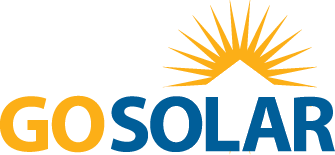Going solar is as easy as 1-2-3!
Step one: Register online
It only takes a few minutes to get started. Head to EnergySage and create your free account by entering your address and electric bill info. From there, you can access FAQs and educational resources to learn more about solar and decide whether it’s right for your home.
Step two: Receive quotes from local installers
Once you’ve registered, you can receive custom quotes from EnergySage’s pre-screened installers in a standard, easy-to-understand format. EnergySage has an extensive network of over 400 pre-screened, high-quality solar installers who will compete for your business.
Step three: Compare quotes and pick an installer
EnergySage can help you find the best solar solution by offering side-by-side comparisons for all of the quotes you receive. Along the way, you’ll have complimentary access to a dedicated Energy Advisor who can provide expert, unbiased advice on your solar options and answer any questions you have about solar panel technology, local incentives, financing options and installation best practices.
What comes next? Good for you, good for us, good for the planet.
Once you move forward with an installer and get your system up and running, the benefits of solar start rolling in! Plus, when you go solar through our partnership, you can opt into a $250 donation through EnergySage on your behalf, to support our work advocating for renewable energy, conservation and a healthier planet. Go to EnergySage to get started.

